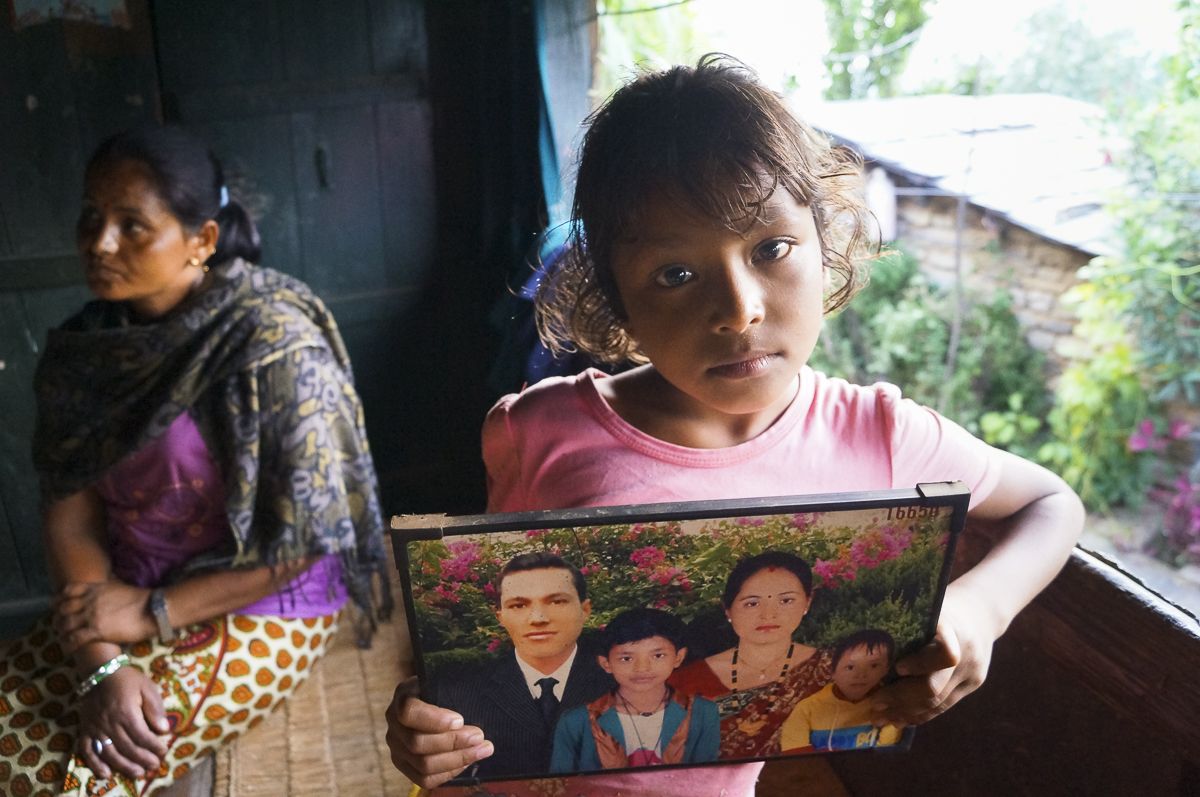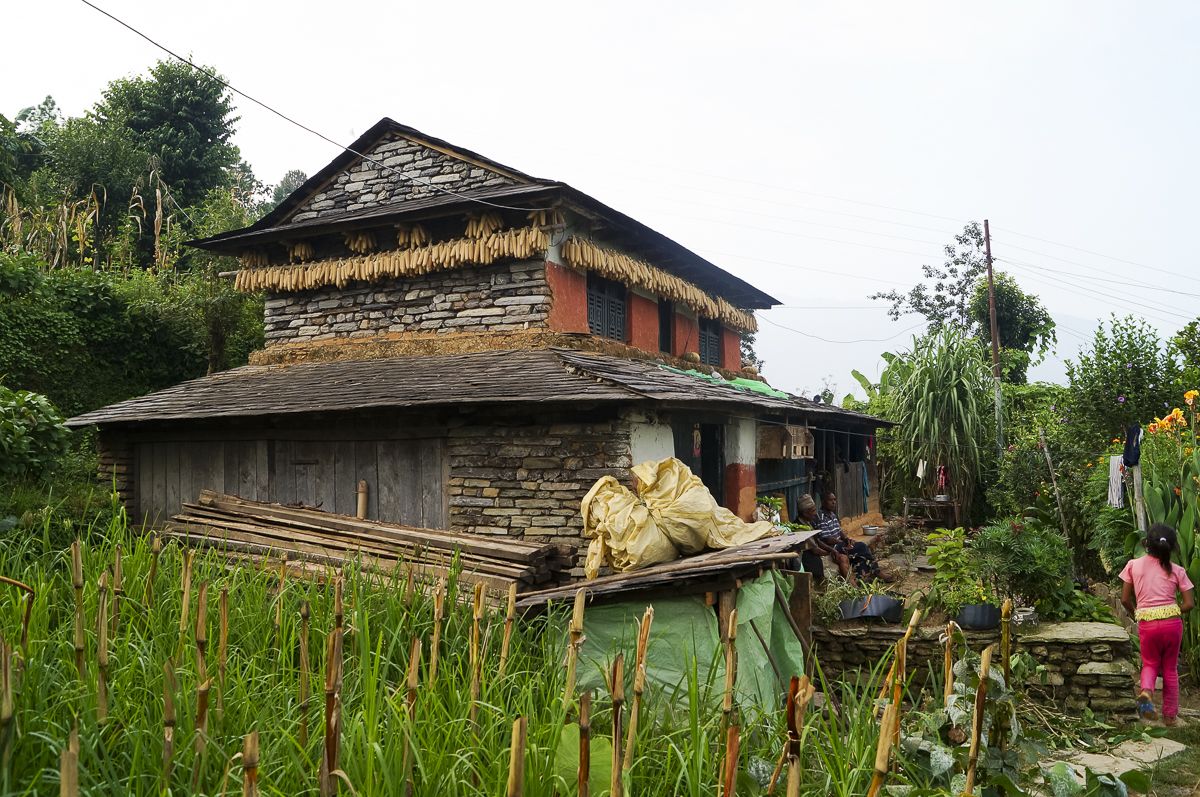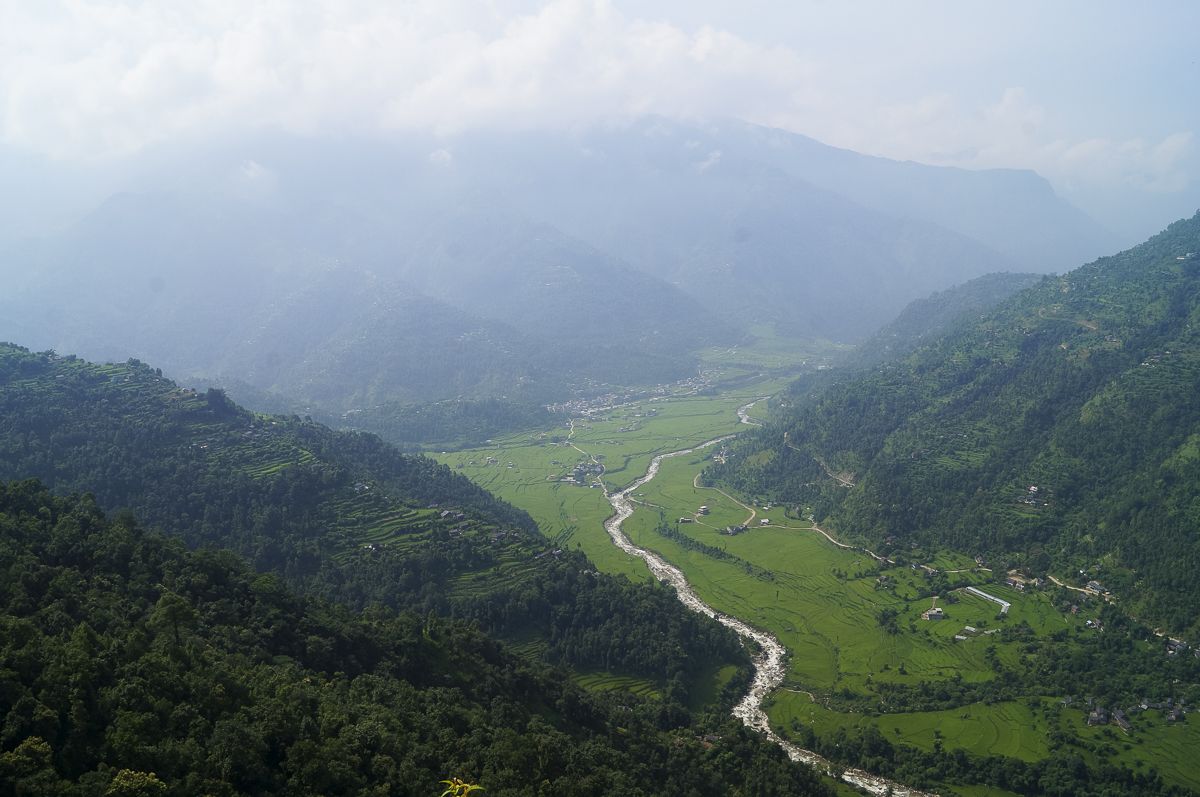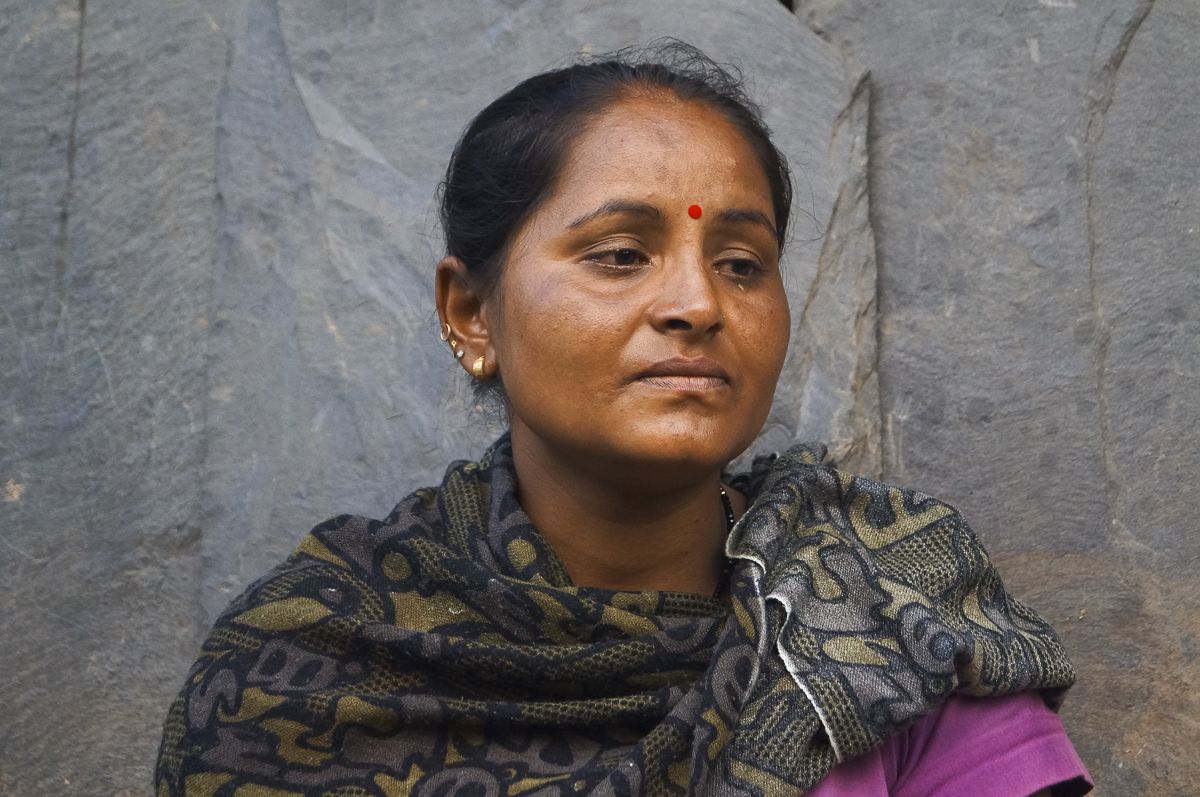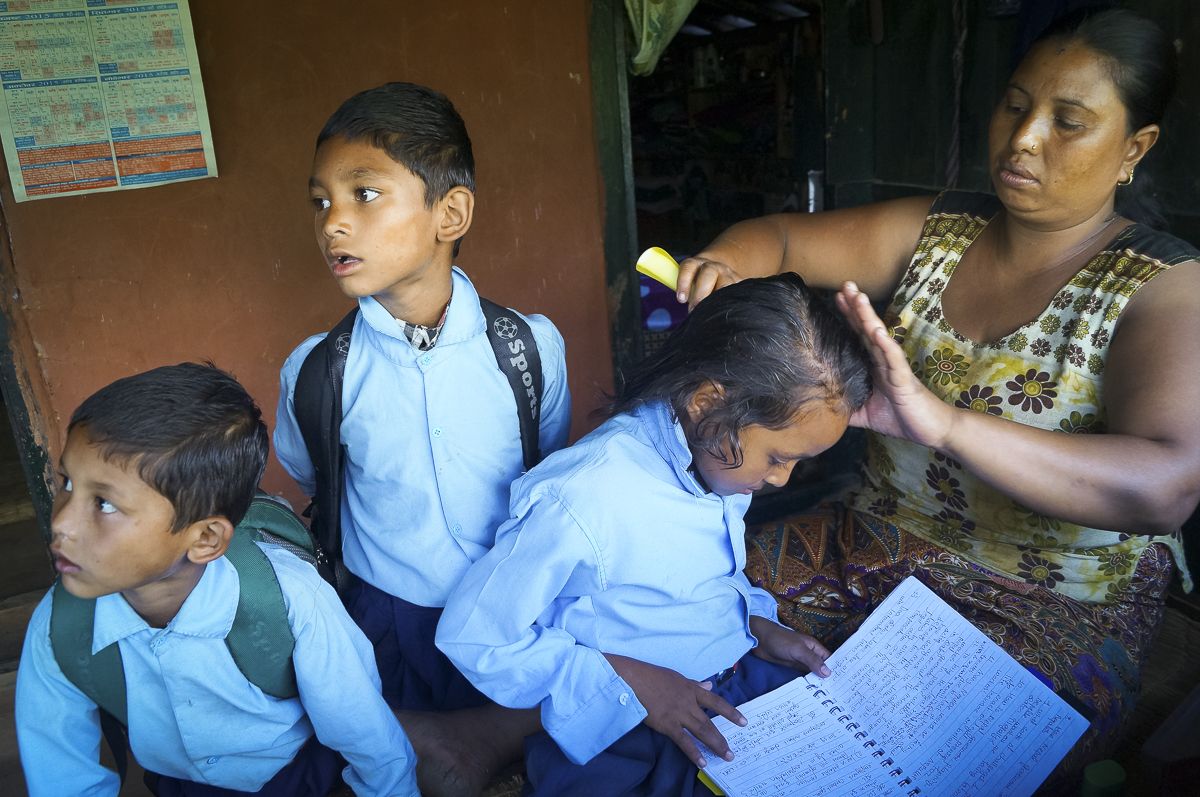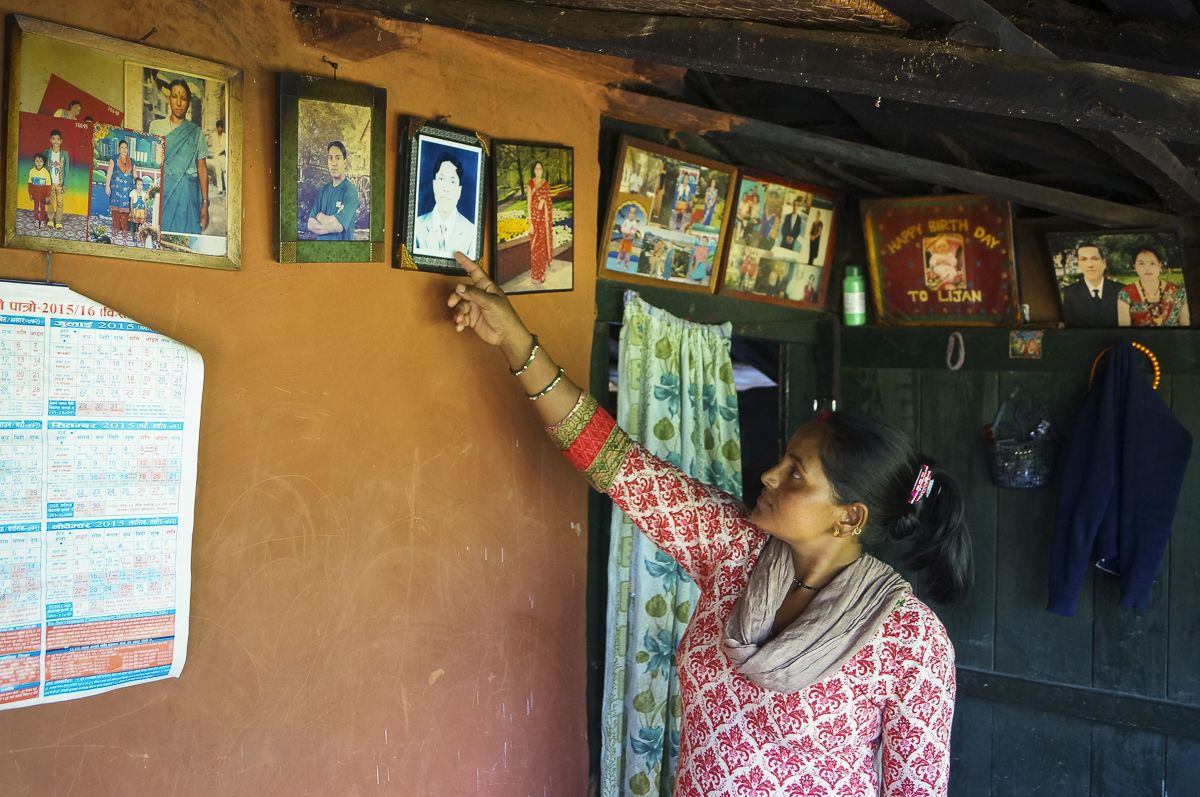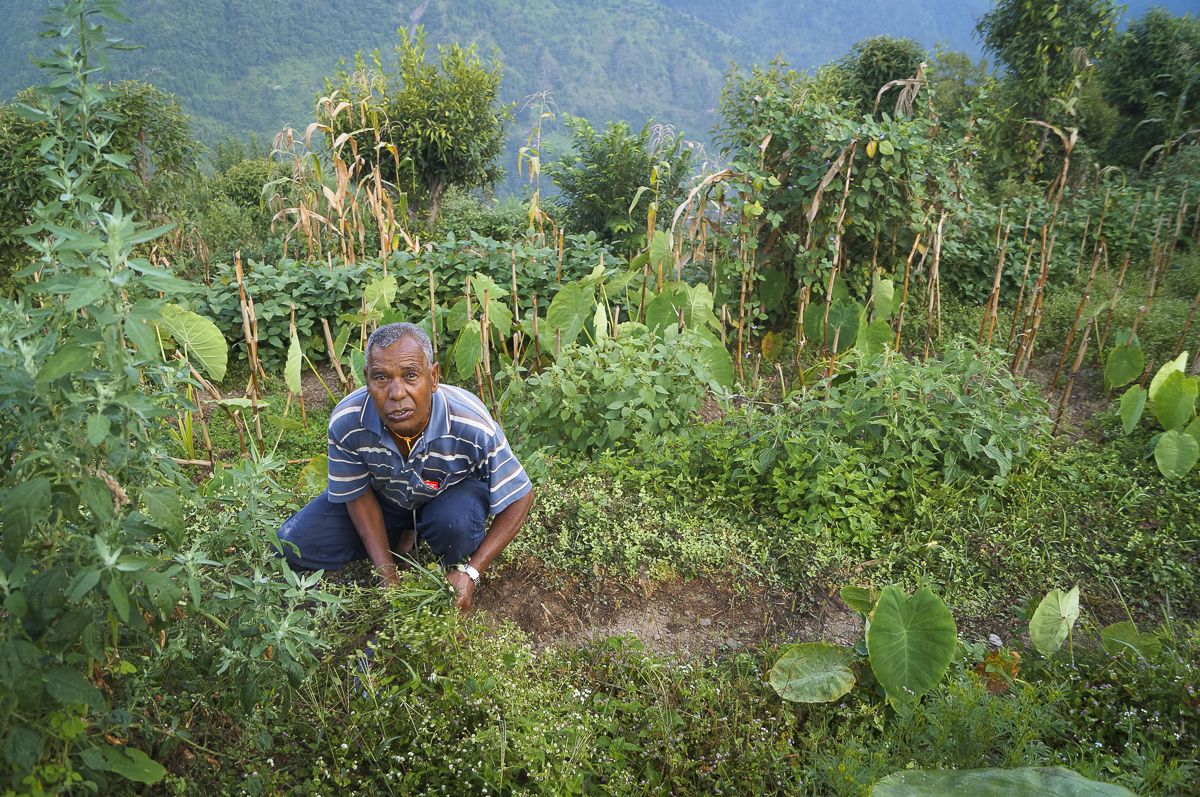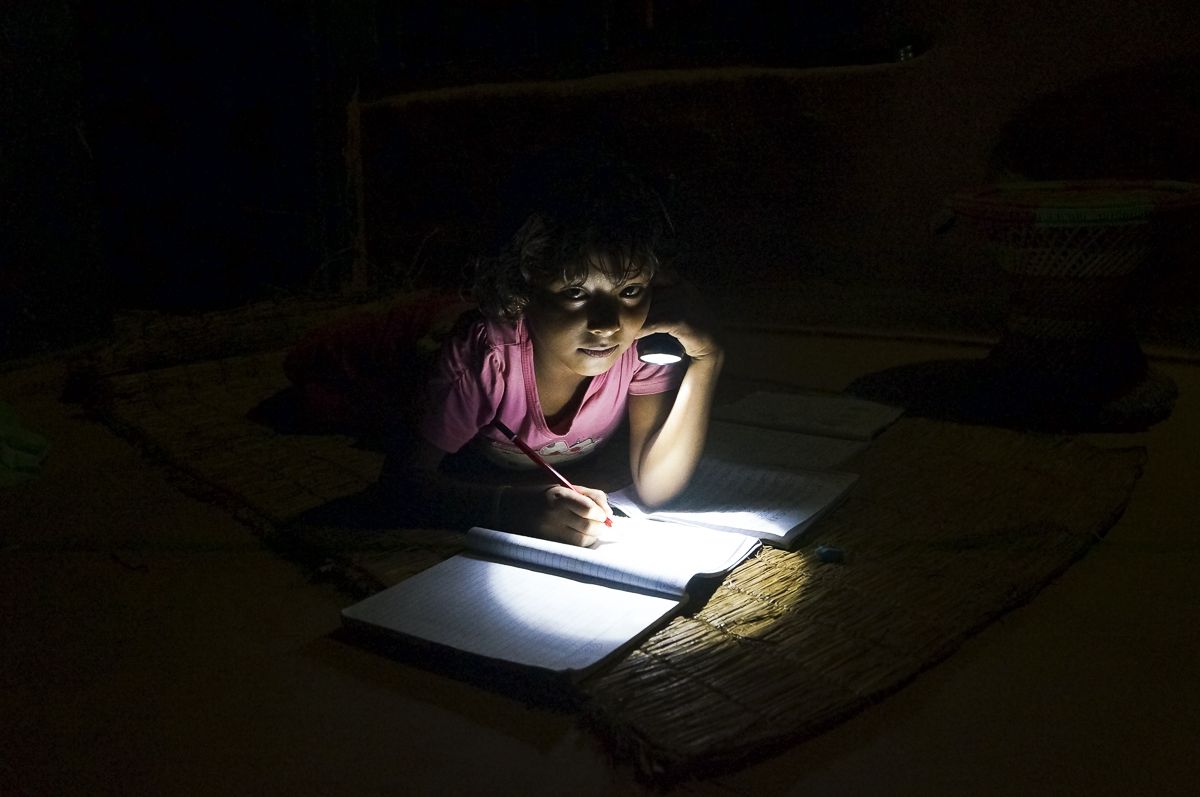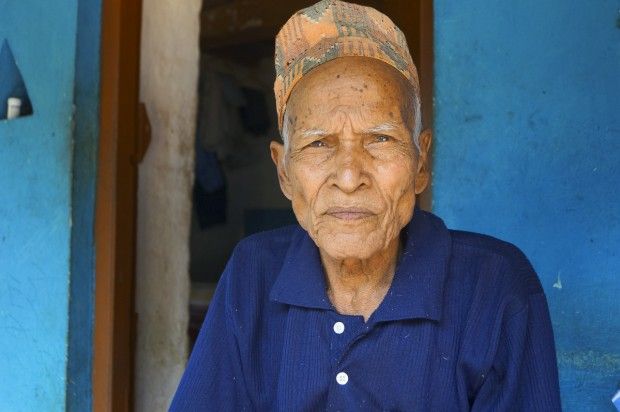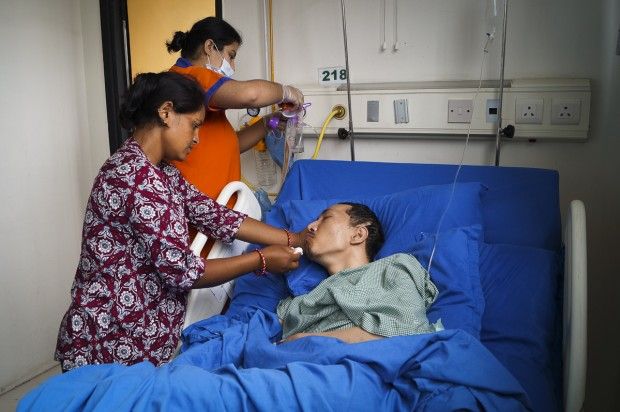DOHA, Qatar -- Giri Prasad B.K. is propped onto his side in a hospital bed by a team of doctors and nurses when he sees photos of his daughter.
There she is, her image shown on a GPJ reporter’s mobile phone, playing a game with friends and helping her mother, B.K.’s wife, in their home in Nepal.
B.K.’s unblinking eyes fill with tears as he takes them in.
He cannot speak. He cannot move his limbs. His food comes through a feeding tube and no one knows how much he understands about his surroundings. He has been in a vegetative state for years. But, seeing photos of his family, he cries.
B.K., 33, is one of 15 injured Nepalese migrant workers stuck in hospitals in Qatar, where they moved, some illegally, to work. Their families can’t afford to bring them home. In some cases, they’re too fragile to make the trip, and doctors say they’d be unlikely to get the care they need in Nepal.
B.K. was injured in 2011 when he was hit by a car. Others, about half the injured people on record, suffered workplace injuries, some under conditions that human rights advocates say are among the most dangerous in the world. B.K. had been in Qatar for four years when the accident happened, and he was just weeks from returning home.
He suffered multiple traumatic brain injuries and, after brain surgery, was transferred to long-term care, according to his medical records.
And like many others, he was working illegally in Qatar when he was injured, so he’s not eligible for the Nepal government’s compensation or insurance coverage, which legal workers hold, to cover his medical costs. In limbo, he remains in the long-term recovery ward on the first floor of the government-run Rumailah Hospital in Doha, Qatar’s capital.
Neither B.K.’s wife, Krishna Kumari B.K., nor his family knows who paid for his medical costs. Poor and thousands of miles away, their demands for information have gone unheard. GPJ’s requests to speak with officials at Hamad Medical Corporation, the main public healthcare provider in Qatar and the entity that runs the hospital, were not answered.
Kumari B.K., speaking at her home in rural Nepal while her husband languished in Qatar, told GPJ that the situation is painful, but better than the alternative.
“I am haunted by the fear that my husband will die for the lack of treatment if I bring him back,” Kumari B.K. says. “It’s better to treat him in the hospital in Qatar.”
B.K. was one of an estimated 400,000 Nepalese migrant workers in Qatar. In total, about 2.1 million Nepalese—more than 7 percent of Nepal’s total population of about 28.5 million—work abroad.
The number of migrant workers who have died in Qatar’s building boom, which includes construction for the 2022 FIFA World Cup stadium and other related structures, is widely debated. Some human rights advocates say that number is as high as 1,000 people per year, but the Qatari government frequently disputes reports that unsafe conditions at work sites in the country are sending migrant workers home in coffins at an unusually high rate.
Meanwhile, little is said about the workers who are injured in Qatar. Many Nepalese migrant workers in Qatar come from poor, rural families and it’s not unusual for them to be owed several months’ pay. When seriously injured, migrant workers fall into a limbo and stay there, in some cases, for years.
Editor's Note: Sagar Ghimire, GPJ, translated this article from Nepali.
The full multimedia article by Global Press Journal can be read here.
